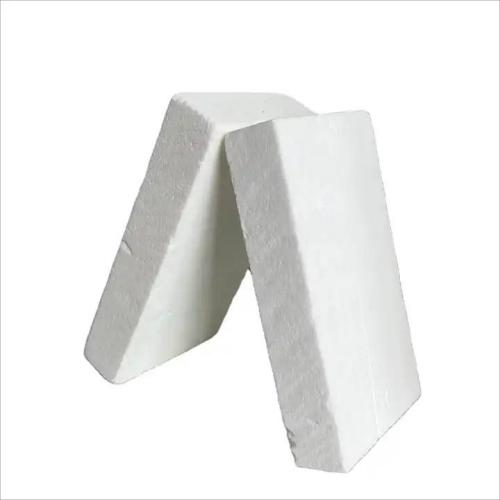Cement blanket, as a revolutionary building material, has attracted wide attention in the field of civil engineering because of its unique properties and wide application.
1.Its core characteristic lies in the non-cracking curing process, which is benefited from its carefully proportioned fiber-reinforced cement-based composite materials inside. When the cement blanket is laid, only simple watering is needed, and water molecules quickly penetrate into the fiber network, activating the cement hydration reaction, prompting the material to solidify and form in situ, forming a strong and durable overall structure. In this process, the addition of fibers effectively improves the crack resistance of the material and ensures that structural integrity can be maintained even in complex stress environments.
2,. When applied to river slope protection and channel drainage system, cement blanket shows its unparalleled superiority. Its ability to fit snugly to complex terrain, whether it’s a winding river bank or the bottom of a channel requiring fine drainage, it can easily handle it. Once solidified, the cement blanket will be transformed into a high-strength and high-durability protective layer, which can effectively resist water erosion and erosion, protect soil stability, reduce water and soil erosion, promote natural purification of water bodies and maintain ecological balance.
3.What’s even more amazing is that the construction process of cement blanket is extremely simple and efficient. Compared with traditional construction methods, it eliminates tedious steps such as formwork construction, concrete pouring and maintenance, greatly shortens the construction period and reduces construction costs. In addition, the cement blanket also has good environmental performance. It produces less waste during the production process and is less likely to produce cracks after solidification, which reduces the need for later maintenance and repair. It is an ideal choice under the concept of green building. To sum up, cement blanket is undoubtedly an “artifact” in modern water conservancy projects and civil construction, and is gradually becoming a new trend in the development of the industry.
Post time: Dec-12-2024




